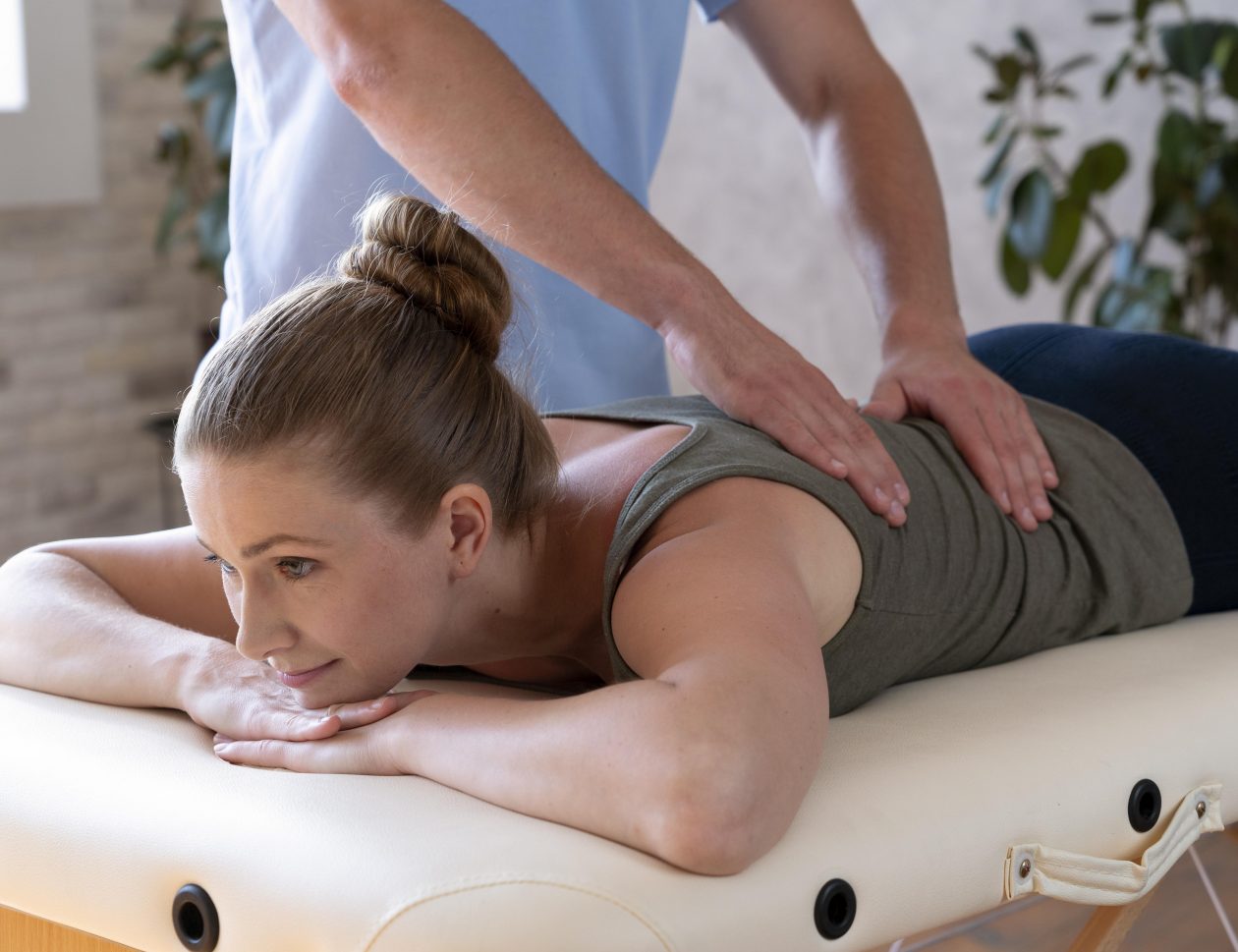
Tips for Dealing with Winter Injuries
Each type of winter injury has slightly different causes and requires an individual approach. Below, we describe what is important in each type of injury.
Contusions
Contusions most often occur when we try to cushion a fall. Fortunately, you can help yourself with this type of injury. The first thing to remember is cooling. In such situations, we recommend applying ice wrapped in a cotton cloth to the bruised area (to avoid frostbite). You can also use cooling sprays or ready-made compresses, which are available in almost every medical store.
It is worth noting that although contusions are relatively harmless, they can cause pain, swelling, subcutaneous hematomas, and limited mobility of the affected joint or muscle. If bruises appear, after a few days, you can switch from cooling compresses to warming ones (e.g., using a hot water bottle). This will help them disappear faster.
Sprains
Sprains most often occur during skiing and other winter activities. They usually affect the ankle or knee joint and cause symptoms such as swelling, severe pain, and even hematoma. Initially, it is best to immobilize all bones forming the joint, e.g., using a stabilizer or elastic bandage. Then, as with contusions, it is a good idea to cool the sprained joint. If there are problems with movement in the joint, it is best to see a doctor.
Remember that acute sprains cannot be trivialized because problems associated with this type of injury may recur after some time. Even when difficulties with movement disappear, ligaments can heal in a loosened state, which means that chronic instability, further sprains, or even premature degenerative changes may occur in the future.
Dislocations
Dislocations mainly occur when we try to maintain balance on ice - in this case, the ankle joint is most often affected. Such injuries also occur as a result of falling on the hands - in this situation, wrist dislocations occur. It is worth noting that we can talk about dislocations when the bones forming a particular joint lose contact with each other.
In this situation, it is initially worth cooling the joint, but in the case of such injuries, it is necessary to seek the help of a specialist as quickly as possible. They will help in resetting the joint - otherwise, movements in the joint will not be possible. They will also suggest further treatment, and if necessary, rehabilitation. If it turns out that the ligament apparatus with the joint capsule is severely damaged, the doctor may immobilize the limb. A quick visit to a physiotherapist will also be useful here.
Fractures
Fractures often occur on the slope. If you suspect a limb fracture, it is best to call for help at 999 (directly to the ambulance) or 112 (to the emergency number). Do you feel that your finger has been dislocated or your arm is broken? In this situation, try to remove rings, watches, as well as bracelets. Do you suspect that your leg is broken? Try to take off your shoe, unzip it, and loosen the laces.
While waiting for the ambulance, you can make snow compresses - they will help reduce pain and swelling. However, if there is an open wound, do not apply compresses to it, as it may cause infection. It is also a good idea to protect the wound and prevent it from getting dirty. If you have a dry and sterile dressing, use it. Remember not to use any ointments in this case.
Also, make sure to limit movement of the broken limb and immobilize the affected area along with neighboring joints. It is best to use a long and rigid object for this, such as a board, stick, or splint. If you have the opportunity, you can also tie the broken leg to the healthy one (if the lower limb is injured).
How to help people who have fallen?
If an injury occurs (e.g., on the slope), immediately call for an ambulance and move the injured person to a safe place. If this is not possible, properly secure the accident site to prevent further accidents. If the person can move, it is best to go with them directly to the Emergency Department (ED).
Recommended Articles
Check what we're writing about!


